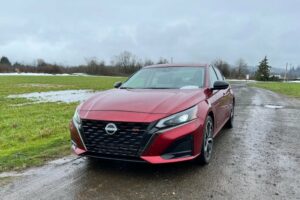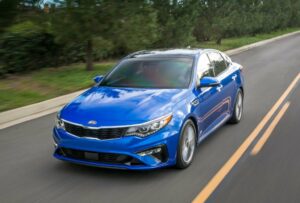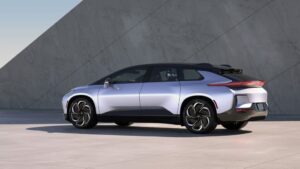According to preliminary estimates from the CDC’s National Center for Health Statistics, motor vehicle fatalities in America will total about 46,270 for 2022. That figure is down by 2% from the 46,980 actual deaths on U.S. roads during 2021, but it also represents a 9% rise from the 42,339 people who were killed on the road in 2020.
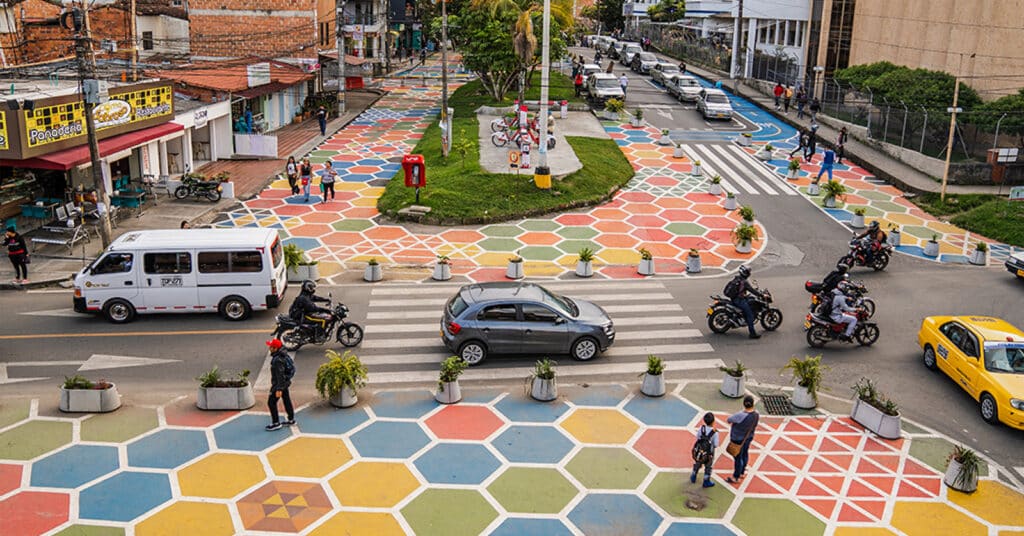
There is some grim logic behind those figures because of the great increase in vehicle miles traveled last year versus during the pandemic. By 2021, vehicle miles were back to the same level as 2019, and mileage rose again in 2022.
To factor out the greater number of cars traveling farther this year, the statistics can be rendered as the number of deaths per 100 million vehicle miles traveled. That number is 1.46 deaths in 2022, which is down slightly from the 1.50 deaths in 2021, and on par with deaths in 2020. But by that metric, 2022’s fatality rate is up 21.7% compared to 2019.
However, there are efforts and programs in place aimed at reducing these deadly statistics.
Safe Streets 4 All
Enter the National Safety Council, a nonprofit entity devoted to increasing workplace, community and roadway safety in America. The nonpartisan NSC was originally established by Congress, but today is supported by a combination of grants and fees for seminars and services.
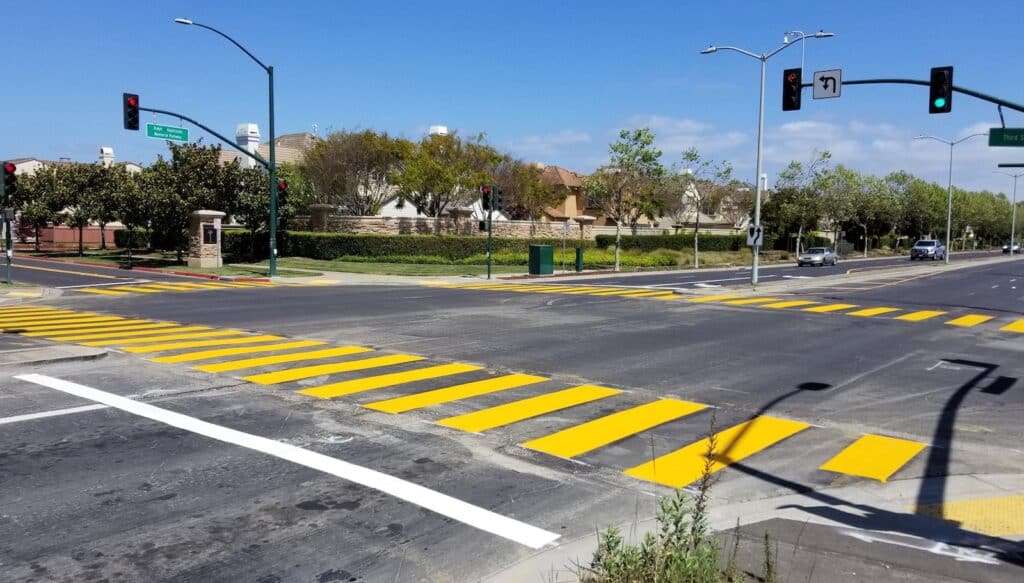
“We have a historic opportunity in the form of the SS4A program, which stands for Safe Streets for All,” said Mark Chung, executive vice president of roadway practice at the NSC. “The SS4A is a provision in the Bipartisan Infrastructure Law that provides $5 billion to be shared with state and local practitioners to address the problems that they see in their local communities from a roadway safety perspective. The U.S. DOT has been extremely working hard to process applications and have successfully doled out about $800 million so far.”
Projects funded by the SS4A to date have involved low-cost roadway safety features like left- and right-turn lanes at intersections, centerline and shoulder rumble strips, wider edge lines, high-friction surface treatments, and better signage along high-crash urban and rural corridors.
Projects for pedestrian safety enhancements include sidewalks, rectangular rapid-flashing beacons, signal improvements and audible pedestrian signals for people walking, rolling, or using mobility assisted devices. Advanced tech projects such as vehicle-to-infrastructure (V2I) and advisory speed limit systems are also being implemented.
Chung also promotes the idea of safer road designs that do not require technology, including roundabouts which slow traffic down without stopping movement in many cases.
“We need designs that allow for mistakes to be made that don’t create fatal outcomes, like roundabouts, for instance,” he said. “We also need safer vehicles, but we need to make sure that we don’t confuse the consumers into over-relying or under-relying on these great features.”
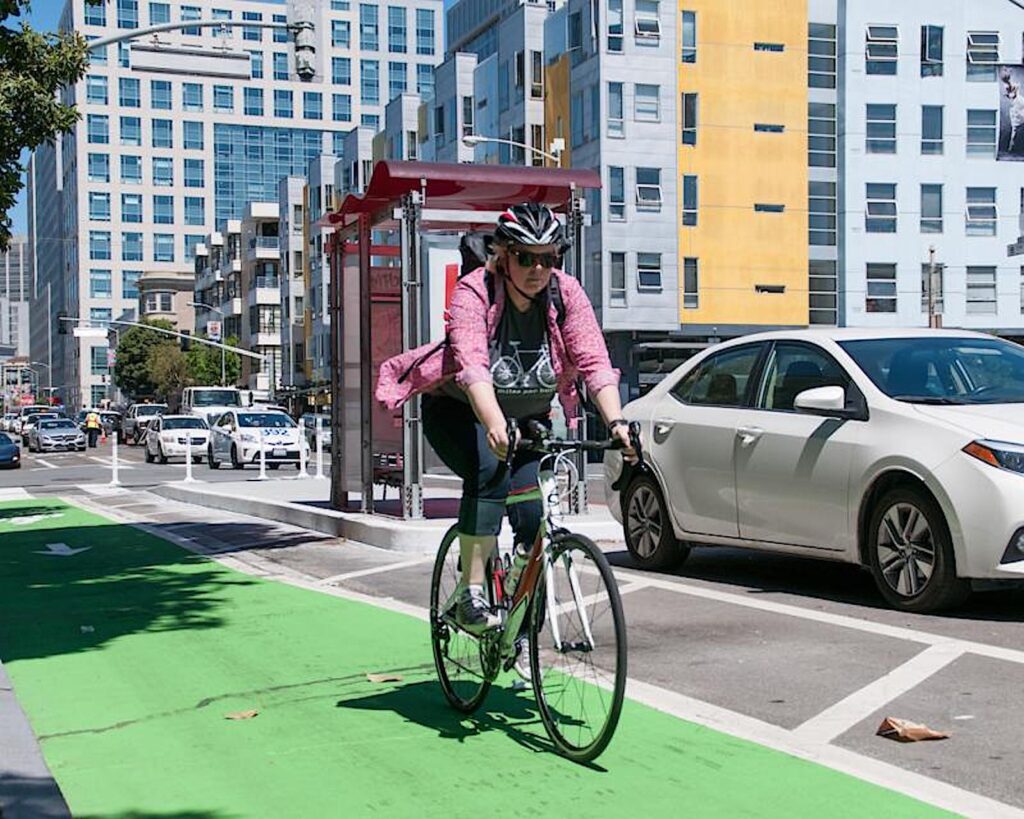
#JustDrive
Infrastructure investments and better cars can help, but the root problem of vehicle crashes is still the driver.
“When you look at the three major causes of fatalities and injuries, you’re talking about speeding,” Chung noted, “and then not buckling up, and impaired driving. When you have a reduction in any of those three or in combination, you’re going to have a reduction in fatalities.”
Beyond impaired driving the safety council is also determined to raise awareness of distracted driving.
“Distracted driving is more than just holding a phone up to your ear,” Chung says. “Having the confidence to be engaging in a conversation on the phone is just as distracting as anything else.”
To drive the point home, the NSC is participating in a monthlong crusade to spread the word that driving deserves the driver’s undivided attention.
“The month of April is, is our distracted driver awareness month, and we have a hashtag, #JustDrive. It’s a very simple message and we hope that that message gets across to people and allows them to just really focus on the task of driving.”
- SEO Powered Content & PR Distribution. Get Amplified Today.
- Platoblockchain. Web3 Metaverse Intelligence. Knowledge Amplified. Access Here.
- Source: https://www.thedetroitbureau.com/2023/03/federal-infrastructure-law-funds-safe-streets-4-all/
- :is
- $UP
- 1
- 100
- 2%
- 2019
- 2020
- 2021
- 2022
- a
- About
- across
- address
- advanced
- advisory
- Alameda
- All
- allows
- america
- and
- applications
- April
- ARE
- areas
- AS
- At
- attention
- Audible
- awareness
- back
- BE
- because
- behind
- being
- Better
- between
- Billion
- bipartisan
- Bright
- by
- CA
- california
- CAN
- cars
- cases
- causes
- CDC
- Center
- change
- combination
- Communities
- community
- compared
- confidence
- Congress
- Consumers
- Conversation
- Council
- create
- Creative
- critical
- Date
- deaths
- deserves
- Design
- designs
- determined
- Devices
- Dont
- DOT
- down
- drive
- driver
- driving
- during
- Edge
- effort
- efforts
- engaging
- entity
- established
- estimates
- executive
- extremely
- fatalities
- Features
- Federal
- Fees
- Figure
- Figures
- Focus
- For
- form
- from
- funded
- funding
- funds
- going
- grants
- great
- greater
- grim
- Hard
- hashtag
- Have
- Health
- help
- historic
- holding
- Home
- hope
- HTTPS
- idea
- identify
- implemented
- improvements
- in
- include
- Including
- Increase
- increasing
- Infrastructure
- instance
- instead
- Investments
- involved
- IT
- ITS
- Last
- Last Year
- Law
- Level
- like
- LIMIT
- lines
- local
- Look
- low-cost
- made
- major
- make
- many
- mark
- max-width
- message
- metric
- million
- mistakes
- mobility
- Month
- more
- Motor
- National
- Need
- Nonprofit
- noted
- number
- of
- on
- Opportunity
- originally
- paint
- pandemic
- part
- participating
- People
- perspective
- phone
- Place
- plato
- Plato Data Intelligence
- PlatoData
- Point
- practice
- president
- Problem
- problems
- process
- Program
- Programs
- projects
- promotes
- provides
- provision
- raise
- Rate
- reducing
- require
- road
- roads
- Rolling
- root
- ROSE
- Rural
- s
- safe
- safer
- Safety
- Said
- same
- says
- Services
- shared
- Signal
- signals
- Simple
- slow
- So
- so Far
- some
- speed
- spread
- stands
- State
- statistics
- Still
- stopping
- street
- Successfully
- such
- Supported
- Surface
- Systems
- talking
- Task
- tech
- Technology
- that
- The
- their
- Them
- These
- this year
- three
- to
- today
- Total
- traffic
- transportation
- traveled
- Traveling
- u.s.
- urban
- vehicle
- Vehicles
- Versus
- Vice President
- walking
- ways
- which
- white
- WHO
- wider
- will
- with
- without
- Word
- working
- Workplace
- year
- Your
- zephyrnet





